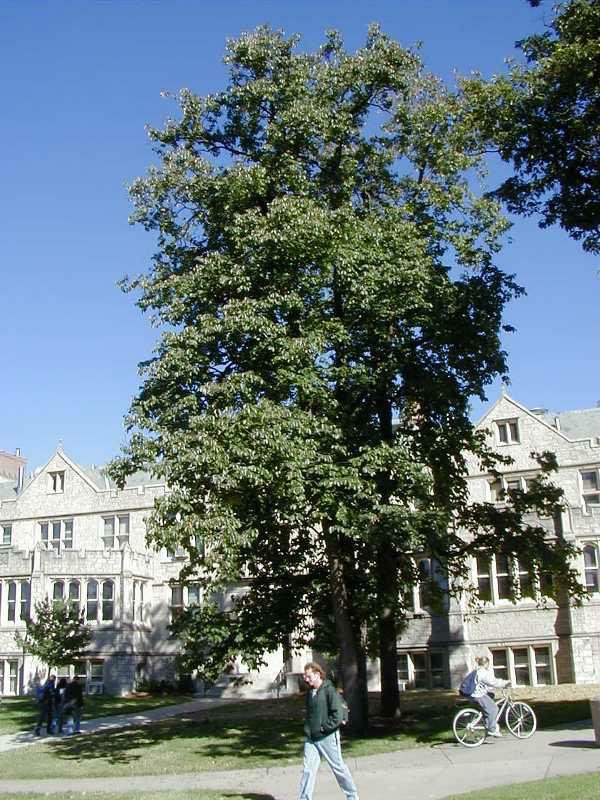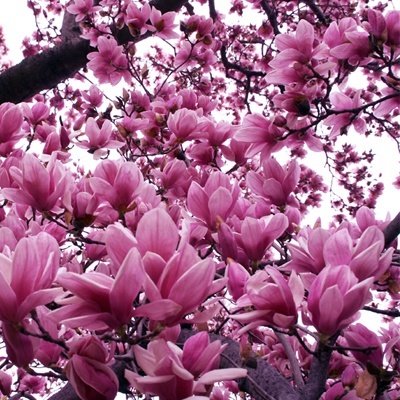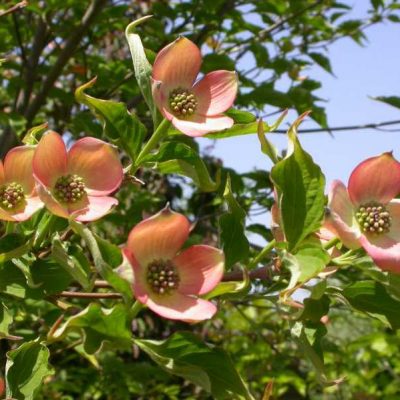Diospyros virginiana
(Persimmon)
Out of Stock

Hardiness Zones:
4a 4b 5a 5b 6a 6b 7a 7b 8a 8b 9a 9b
Quick Overview:
Diospyros virginiana, commonly called persimmon, is deciduous tree with a rounded oval crown that grows to 35-60′ tall. It is native from Connecticut to Kansas south to Florida and Texas.It typically occurs in rocky or dry open woods, limestone glades, prairies, thickets, abandoned fields and along roadsides. It is one of the easiest trees to identify in winter because of its distinctive thick, dark gray bark that is broken into rectangular blocks. Plants are usually dioecious (separate male and female trees), but some trees have perfect flowers. Fragrant, white to greenish-yellow flowers bloom in late spring, with the male flowers appearing in clusters and the female flowers appearing solitary. Edible persimmon fruits (1-2? in diameter) mature in fall to an orange to reddish-purple color, and may persist on the tree into winter. Ovate to elliptic leaves (2-6? long) are glossy dark green above, and turn yellowish-green (infrequently reddish purple) in autumn. Persimmon fruit is quite astringent when green, but upon ripening becomes sweet and may be eaten off the tree. Fruits are commonly used in syrups, jellies, ice creams or pies. Ripe fruits are too soft for shipping/sale. Persimmon leaves can be used to make teas. Persimmon is a member of the ebony family. The wood is extremely hard and has been used to make golf club heads, billiard cues and shoe lasts. (Courtesy of Missouri Botanical Gardens Plant Finder)
SKU: N/A






